How to Choose the Best Size of Dock Lines, Type, Number, and more
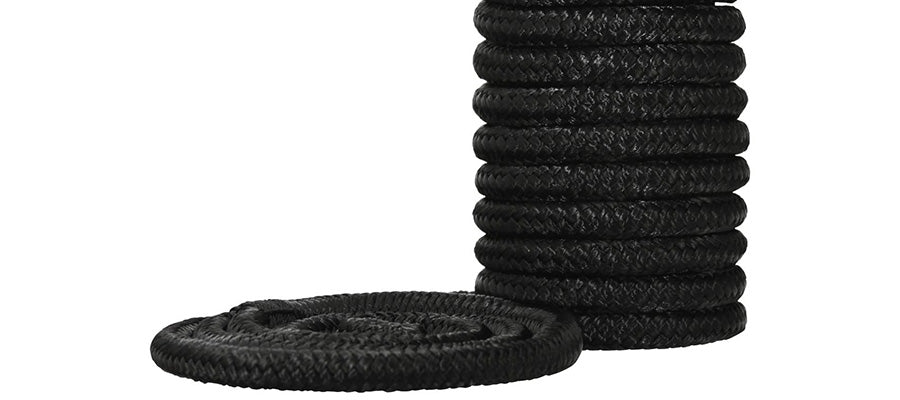
In this article we'll give you the skinny on dock lines. We'll tell you what the best types of dock lines are for strength, handling, and safety and also give you techniques for using your dock lines.
What To Look For When Buying Dock Line
Your dock line must be nylon rope. Polypropylene degrades quickly in the sun, doesn't have the level of stretch needed, and has a low breaking strength so it is generally a bad choice. Dock lines most commonly come in three weave types: three-stand, braided and double braided. There's subtle differences between these three types of lines listed below, but ultimately, any of these types makes an adequate dock line.
- Three-strand: Abrasion resistant, stretches more, easier to splice, less expensive.
- Braided Nylon: Stronger, easy on the hands, looks good.
- Double Braided Nylon: Strongest, easy to handle, abrasion resistant and controlled elongation, looks good.
Almost anything you buy in a store labeled a "dock line" is going to have a loop on one end for fastening it to a cleat, typically around 12" in size. Transient lines (i.e. non-permanent lines) will not have loops on both ends of the line as they will need to drawn to various sizes depending on the dock they are on. Permanent lines which never leave the dock may have loops on both ends. If you plan to splice your own lines, do yourself a favor and purchase three strand lines instead of braided as they are a lot easier to splice.
Dock lines come in a variety of colors. While the color has no real practical use aside from aesthetics, keep in mind that darker lines will tend to fade quicker than lighter lines. Conversely, lighter lines shower dirt easier than darker lines.
What Size, Length, and Quantity Of Dock Line Do You Need?
Your dock line should have 1/8" of diameter for every 9' of boat with a minimum size of 3/8". This means a 20' boat should use 3/8" lines. A 40' boat should use 5/8" line. You can use a bigger line and often boaters prefer this because a larger line is easier to grip and handle than a smaller line (5/8"-3/4" line is the easiest line to grip in our experience).
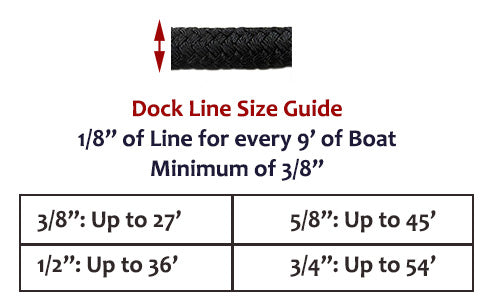
For length, transient dock lines should be close to 2/3 of the boats length if being used on the stern or bow of the boat. For spring lines, they should be equal to your boats length. Ideally, you should have two stern lines, two bow lines, and two spring lines on board. At a minimum, you should have one bow line, one stern line, and two spring lines. As the diagram at the end of this article shows, you don't always need to use two bow/stern lines, but you should have them on board regardless, because there will likely be a time when you do need them. When you're expecting heavy/stormy conditions, consider doubling up your lines.

How to Secure Your Boat
The diagram below illustrates three of the most common ways to secure your boat to a dock. As you'll notice, all ways of securing your boat require at least three dock lines.

How to Tie Your Dock Lines
Knowing how to tie a dock line is both one of the easiest and simplest techniques you can learn as a boater. The cleat hitch is the most popular way to secure your lines to a cleat and it is shown below.
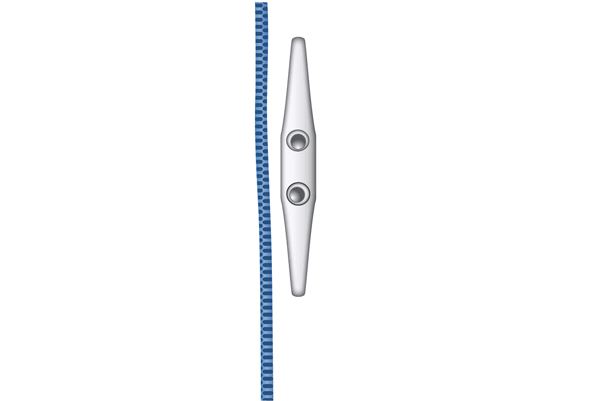
Always avoid any knots in your dock lines (either deliberate or non-deliberate) as they will vastly reduce the strength of your lines.
How to Throw Your Dock Lines
We've all seen someone throw a dock line to the dock or to another boat only for it to land embarrassingly a couple feet short. Here's how to avoid that. First, make two even coils in your right hand and your left hand. Second, the key is that when you are throwing the dock line, extend your hand pointing to the person (or object) that it's being thrown to rather than lobbing it. The line will uncoil and miraculously land to the intended placement.

Dock Lines Lifespan and Care (and Tricks Making them Last Longer)
Most dock lines are quite durable and you may get several years of use out of them before you see any deterioration in performance. You should wash your lines with a simple brush and hose every few months to prevent build up on the lines. However, even with proper care, lines tend to get 'gunky' over time, and many boaters elect to replace their lines every 2-3 years.
Dock lines are also prone to some stiffening from repeated dampness and drying out. To reduce the stiffness, a popular sailor's trick is to place the dock lines in a pillow case and wash them in the washing machine with a healthy dose of fabric softener.
Dock Line Accessories: Snubbers and Chafe Guards
There's also a number of accessories you can use with your dock lines. The most popular are line snubbers and chafe guards. A line snubber help absorb the shock from agitated sea conditions, reduce wear and tear on your lines and also reduces the stress put on deck and dock cleats.

A chafe guard prevents, you guessed it, chafe on your dock lines as the result of rubbing on the dock of your boat. They also reduce the squeaking sound made from noisy lines. You can purchase these pre-made in a variety of materials or construct your own out of a pair of old jeans.
Published
Recent Posts
Our history: a 20 year journey
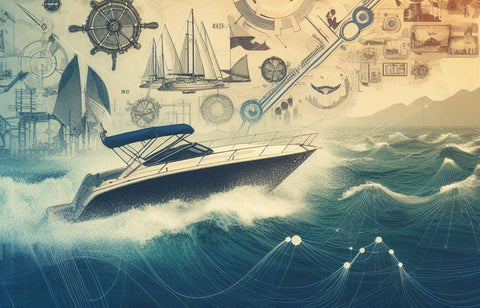
Boat Cleaning Tips for Anglers: Keeping Your Vessel Spotless and Pristine

Avast, Ye Mariners! Master the Art of Docking: A Swashbuckling Guide for Boaters
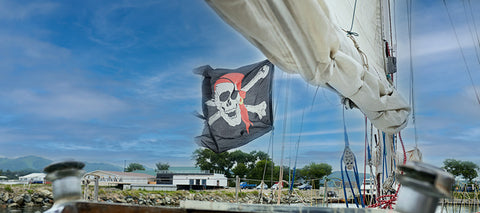
Top Reasons to Keep a Boating Maintenance Log
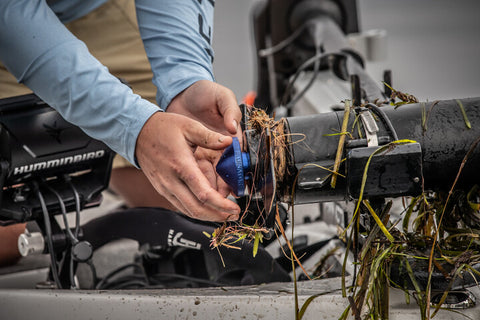
4 Top Tips for Buying a New-to-you Used Boat
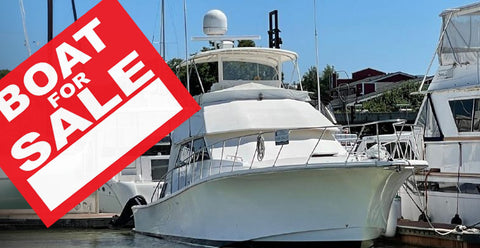
Top Trends in Recreational Boating for 2023
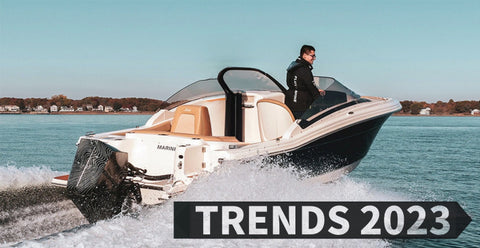
Bent Boat Anchor Shank: Common Causes and Prevention Tips
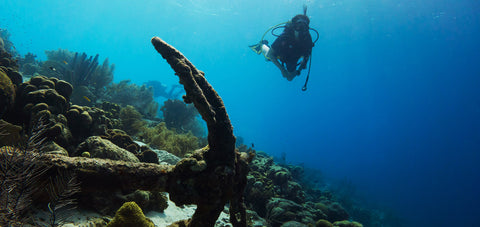
Prepare Your Boat For An Above Average Hurricane Season
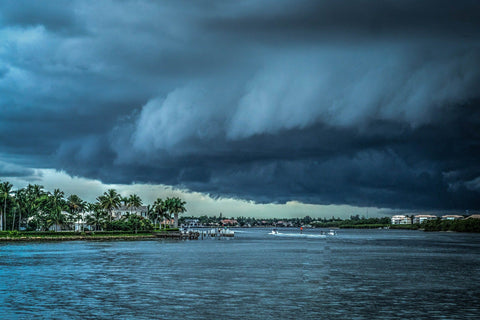
Best Methods For Anchoring Your Jet Ski in Deep or Shallow Water
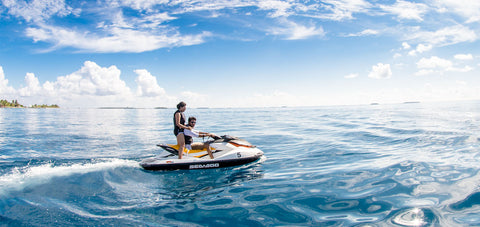
Best Options For Connecting Your Boat To WiFi Internet
